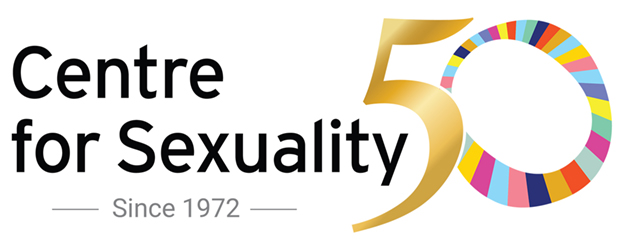Everyone needs to know about STIs
Sexually Transmitted Infections (STIs) are infections that can be passed between people through different types of sex. It’s important to understand that people get STIs from other people (not from things like the air or a toilet seat).
There are three main types of STIs to be aware of, including viruses, bacteria and parasites. This page goes over each type and its characteristics and provides examples.
Viruses
Viruses stay in your system and are difficult to cure; some cannot be cured. Medications and treatments can help people with these kinds of STIs.
Examples of viral STIs:
Bacteria
Bacteria can be cured using antibiotics. If you come into contact with the bacteria again, you can be re-infected with the STI and would need another treatment.
Examples of bacterial STIs:
Parasites
Parasites can be cured with special creams, lotions, shampoos, or in some cases, antibiotics.

